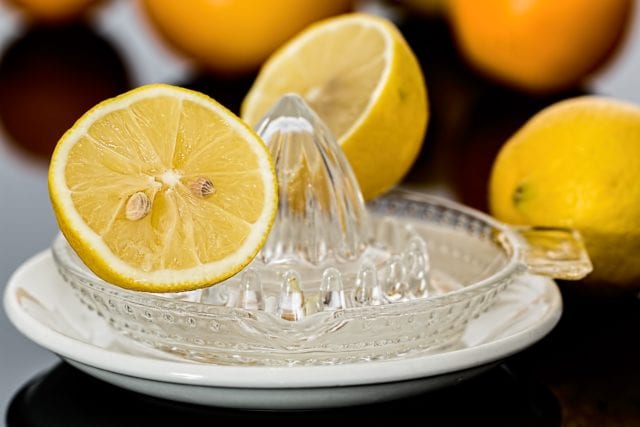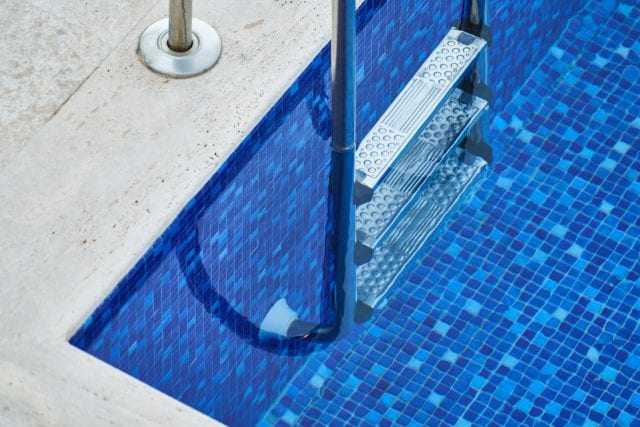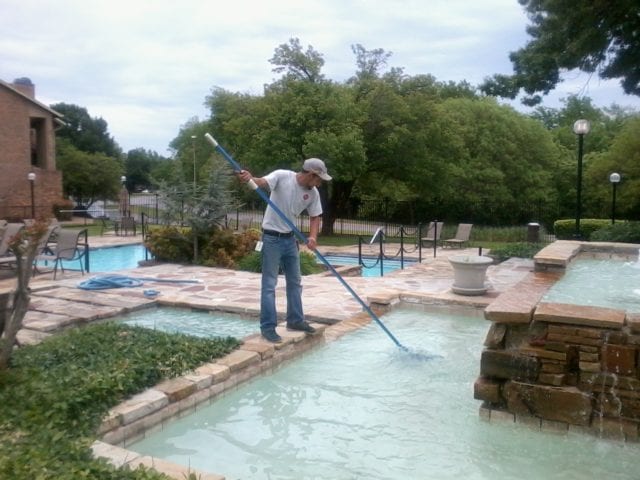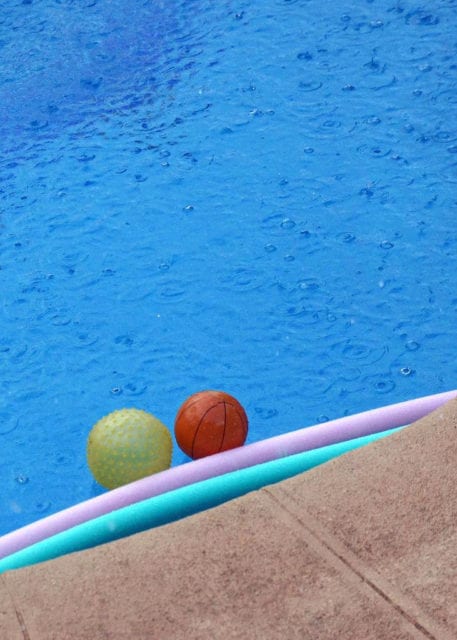Why Blonde Hair Turns Green in Pool Water and How to Fix It
It’s common for blondes to have issues when they spend a lot of time in the swimming pool with their hair turning a slight shade of green, especially towards the ends. Don’t get discouraged, it’s common and you are not alone.

Often the misconception to the hair turning green is the chlorine. It’s not 100 just the chlorine though. It’s also copper. Copper is a metal that can often be found in your swimming pool water. The copper and chlorine bond together in the water to form a film that sticks to the proteins in your stands of hair, causing it to turn green. So the biggest culprit is the copper. Even tap water with a high copper content can turn your hair green as well.
Good news! It’s NOT permanent! It can be fixed and even prevented with a few simple steps.
To prevent the onset of green hair, we provide a few options below.
Stop using copper based algaecides in your pool water. Keep your chlorine level and maintained and you won’t need to use algaecides. Because some of the contain copper, although its great at killing algae it can also stain your pool and also green blonde hair.
Wet your hair before going into the pool, copper and chlorine won’t hang onto your hair as tightly when you enter with wet hair.
Apply a leave-in conditioner on your hair before you go in the pool. Then the pool water won’t stick to your hair as easily.
Wash your hair with shampoo immediately after getting out of the pool and you are done for the day.
Or if your hair is already green, you can try some at home remedies below to see what works best for you.

Rinse with Tomato Juice, ketchup or lemon juice. Soak your hair as best you can with tomato juice, then let it set for 5-10 minutes. Or try ketchup. After coating your hair with it, you will need to wrap your hair in tinfoil or wrap a swim cap and let it sit on your head for about 30 minutes. If you decide to give the lemon juice a try, put the lemon juice in your hair and let it sit for about 15-20 minutes. Whichever you choose, wash and condition your hair after you have fully rinsed.
Try aspirin, baking soda or lemon Kool-Aid as a rinse. Use ¼-1/2 cup of baking soda with water and mix to make a paste consistency. Massage paste into your hair and let it sit for about 15-20 minutes. If you decide to give aspirin a try, crush about 6-8 tablets in a bowl then add warm water to it for it to dissolve. Put the rinse in your hair and let it sit for about 15-20 minutes. If you use the lemon Kool-Aid mis the package with water and apply to the green areas of the hair. Let it sit for 3-5 minutes. Again, whichever you choose, wash and condition your hair after you have fully rinsed.
If you prefer to not do at home remedies, there is a professional shampoo that can help as well. It removes the chlorine and copper from your hair to help remove the green tint.
With these easy tips and tricks, you’ll have your golden locks back in no time. Now go enjoy that pool!
>>>>>>>>>>>>>>>>>>>
Read more on Essential Equipment for your Swimming Pool
read more


